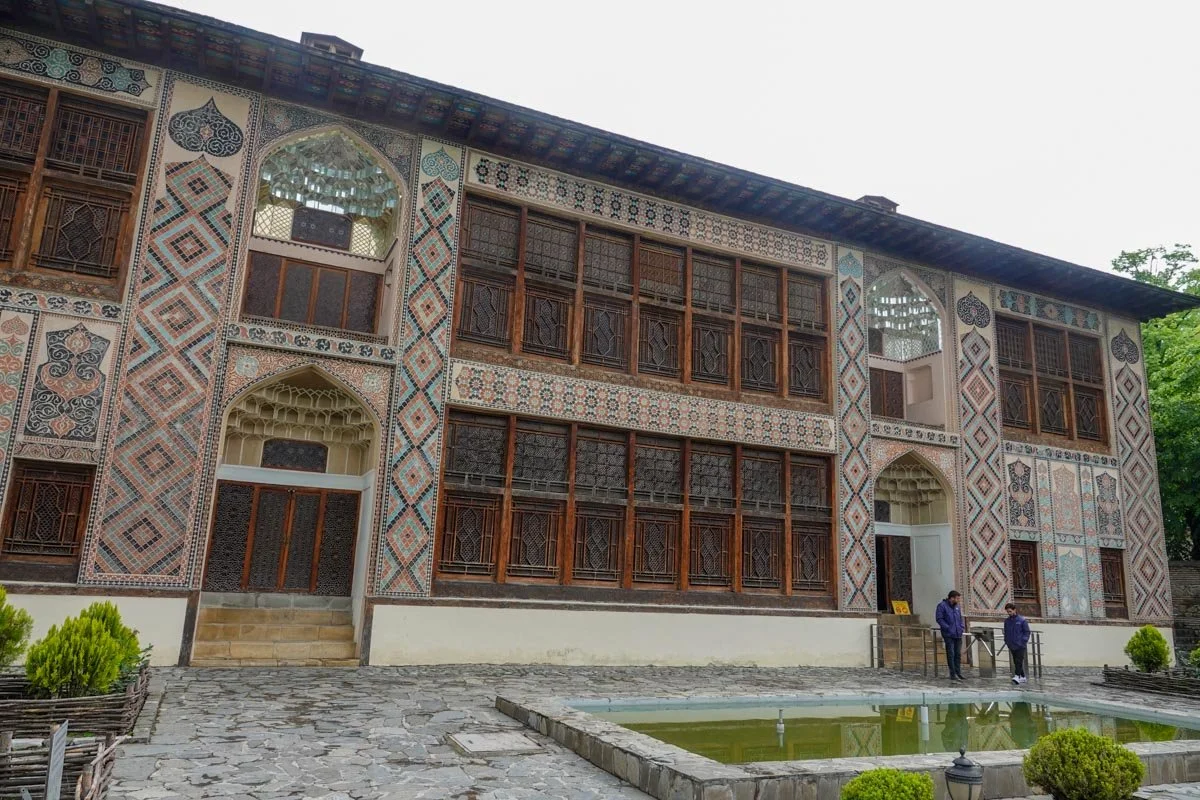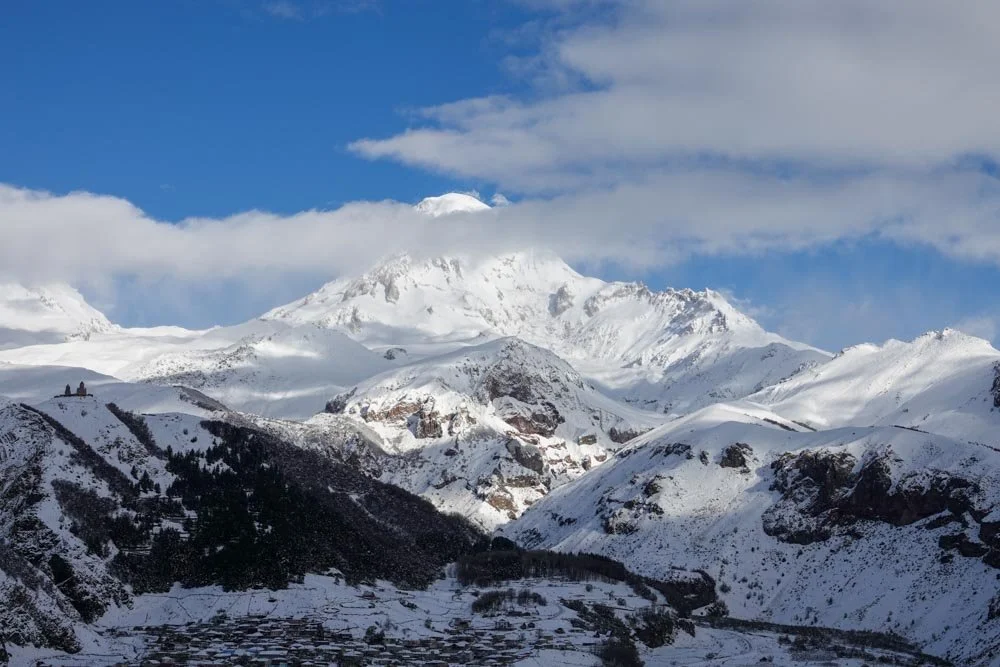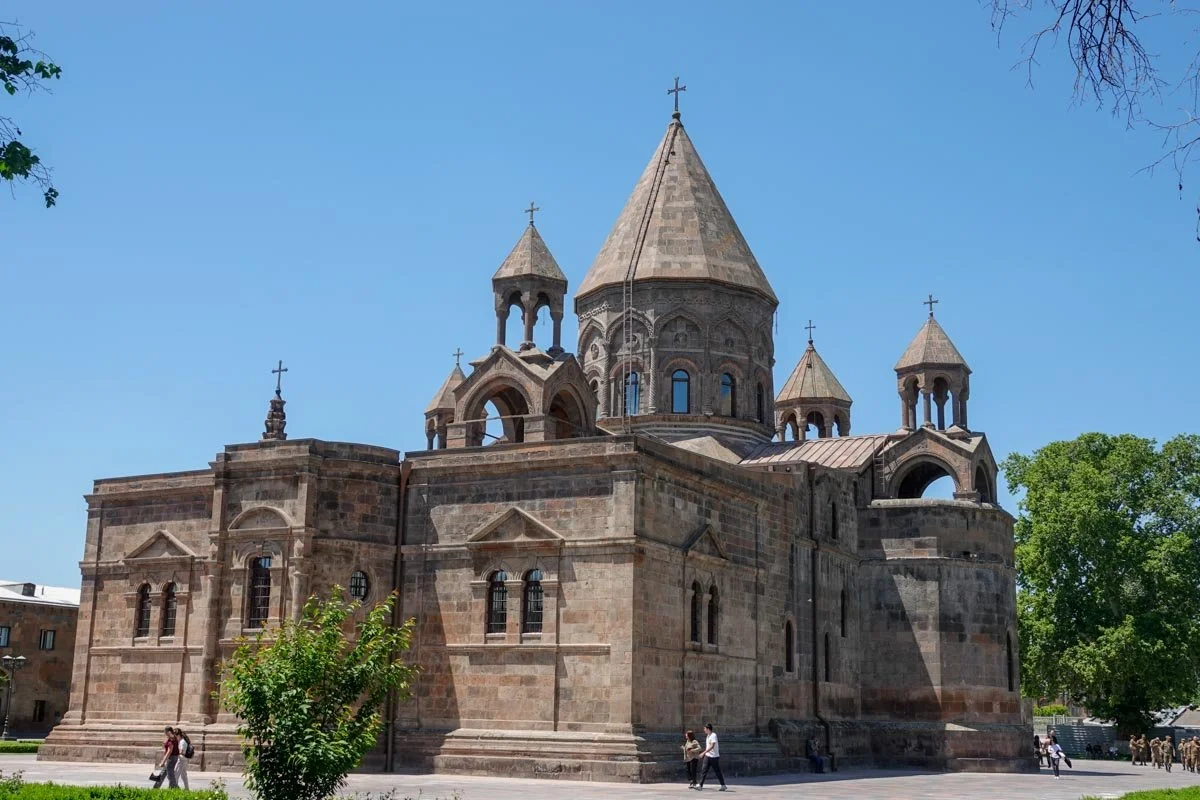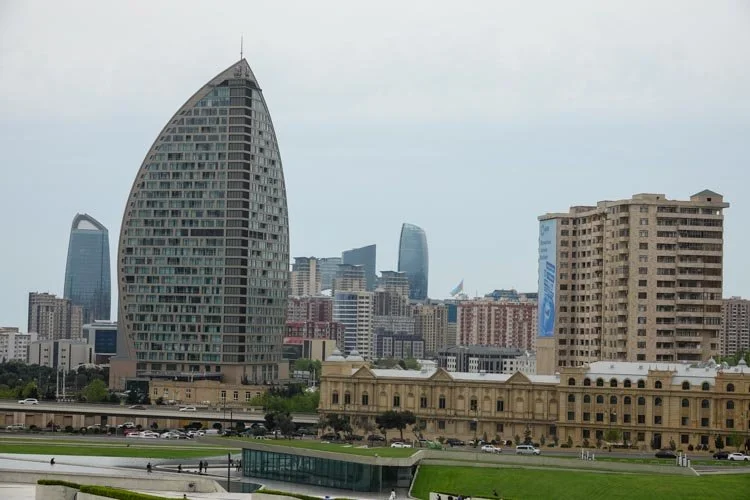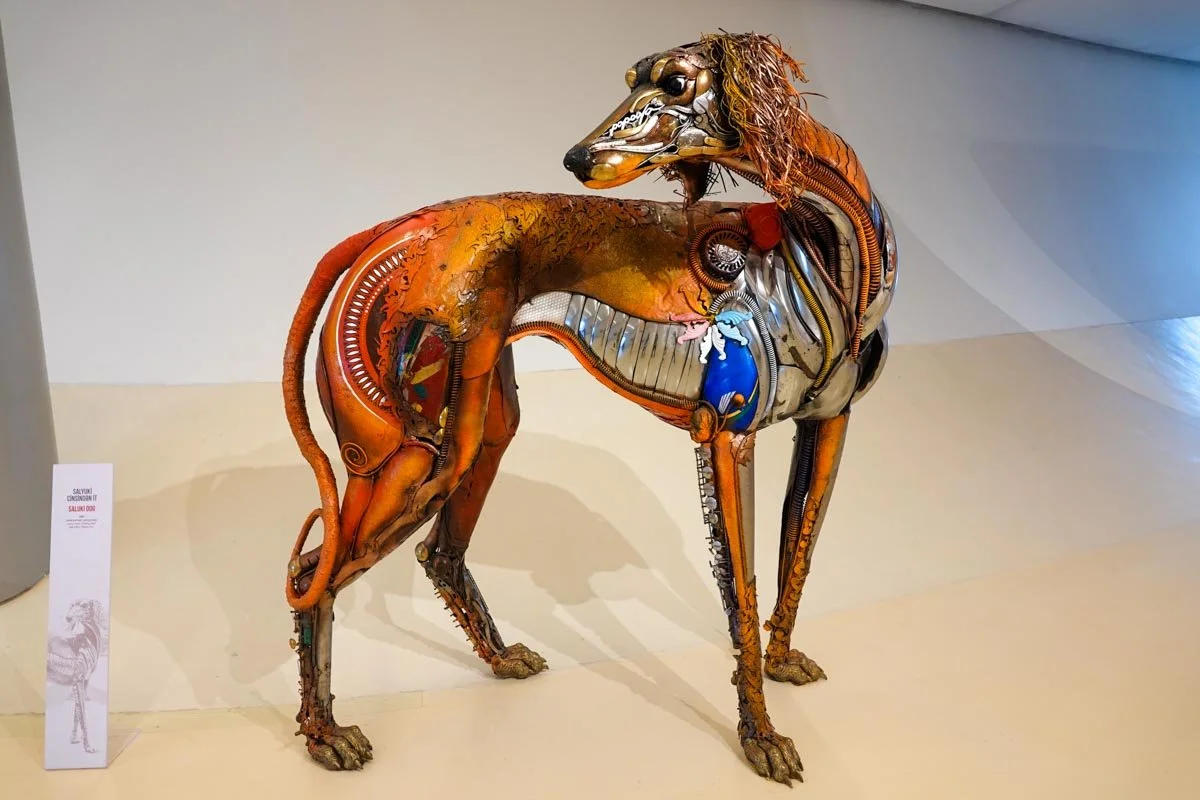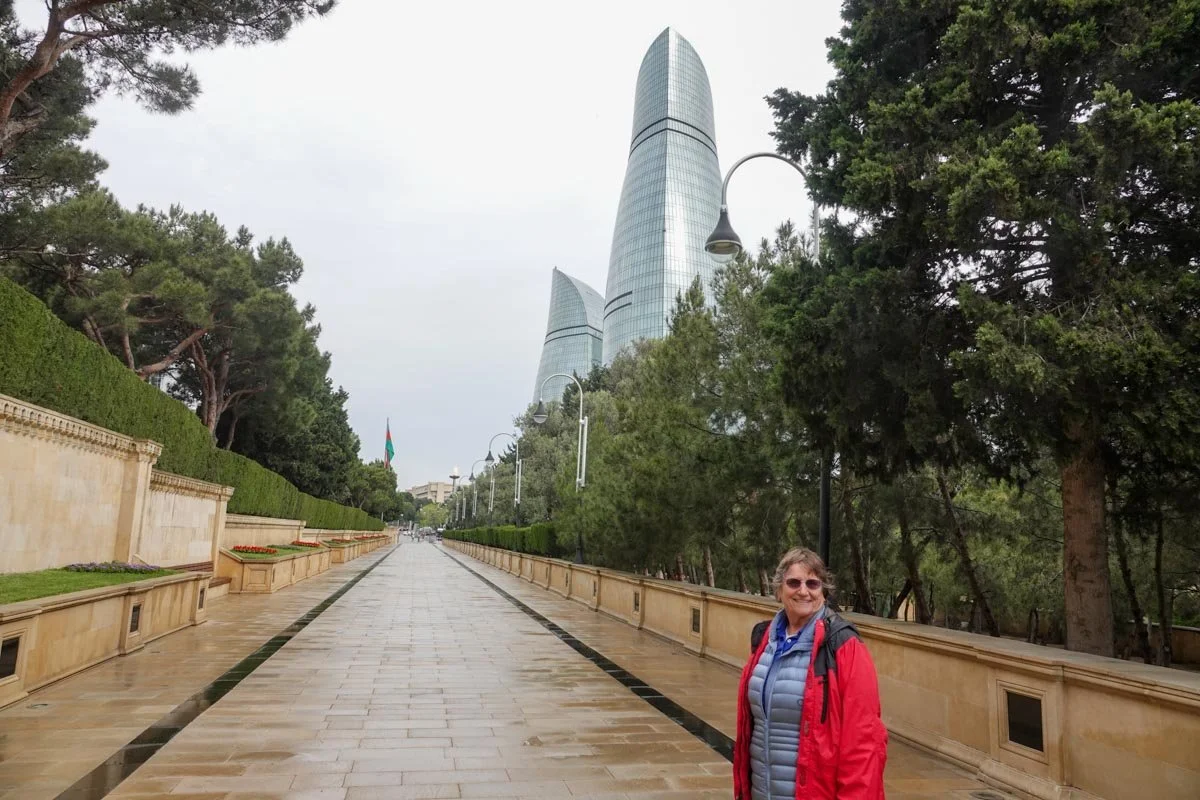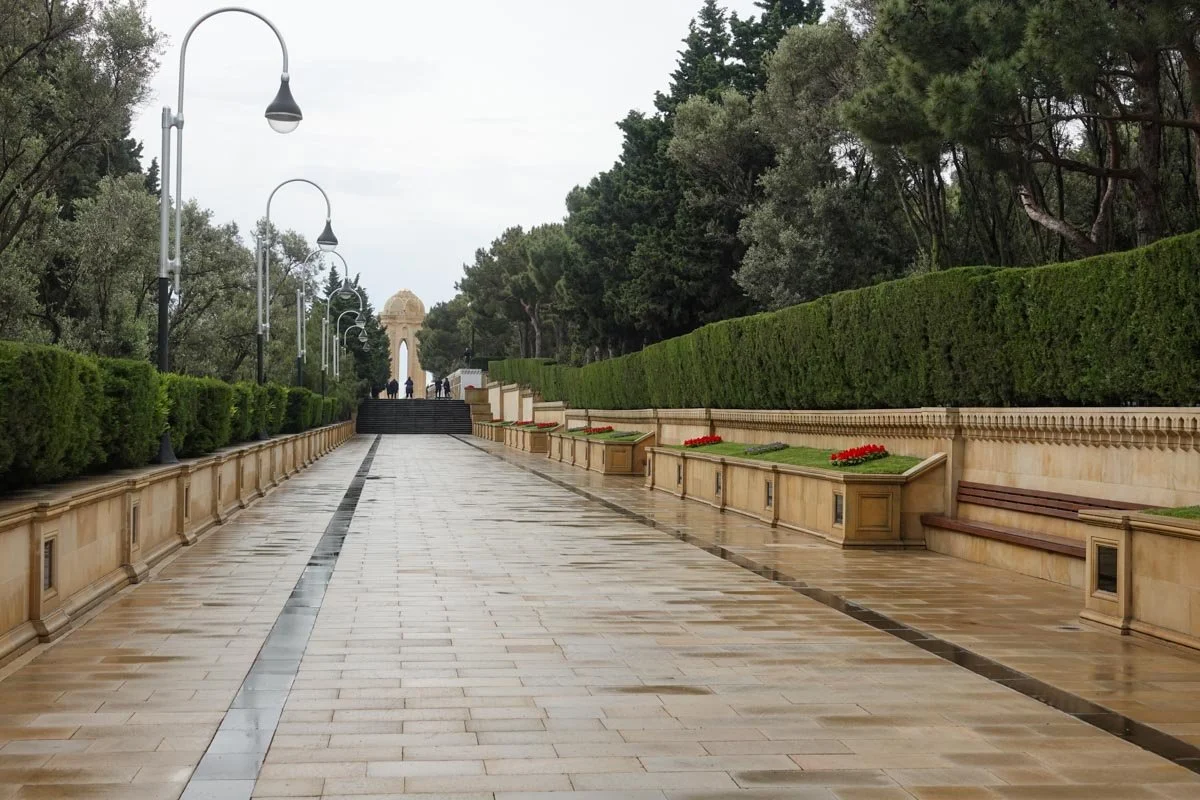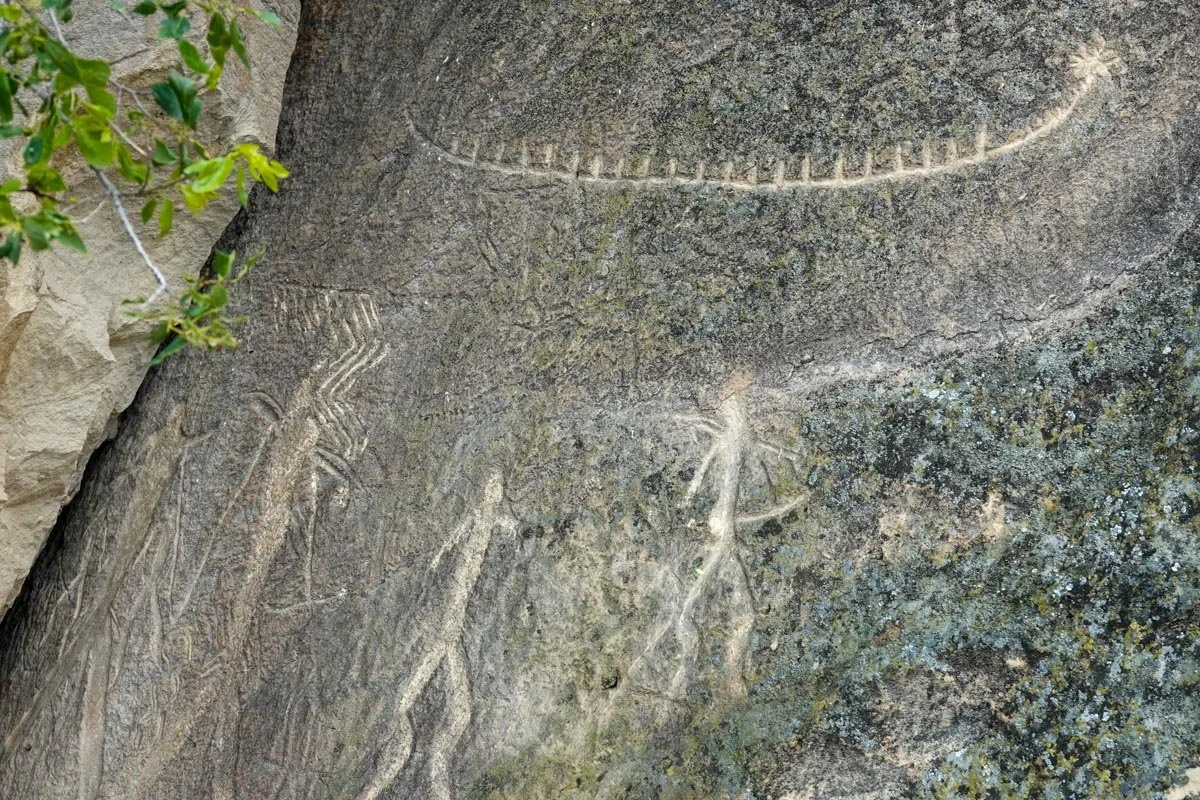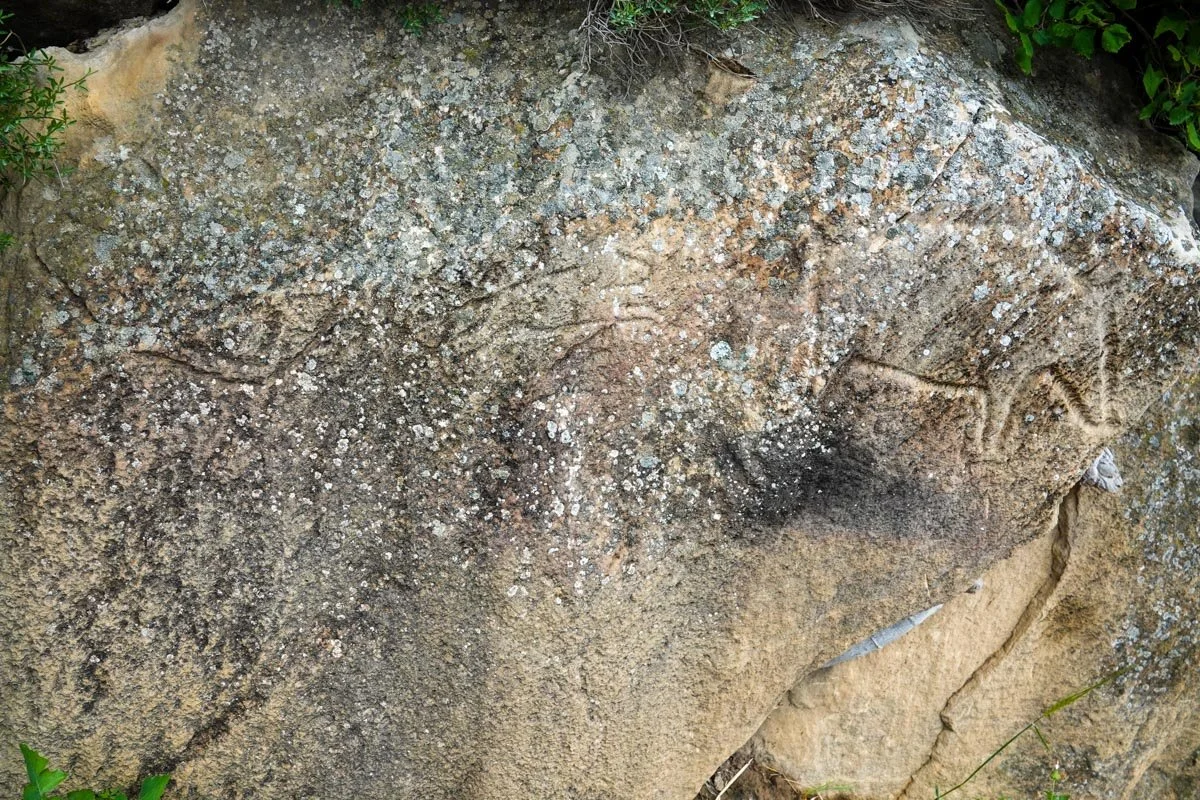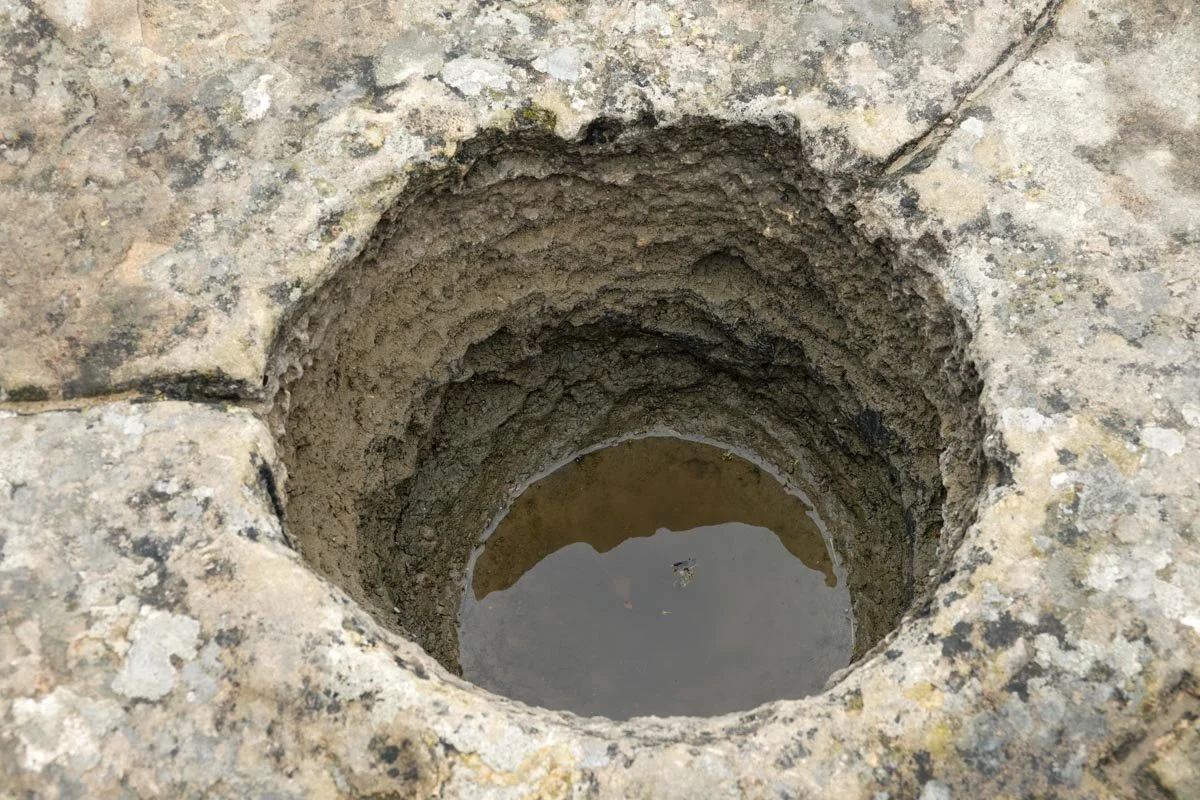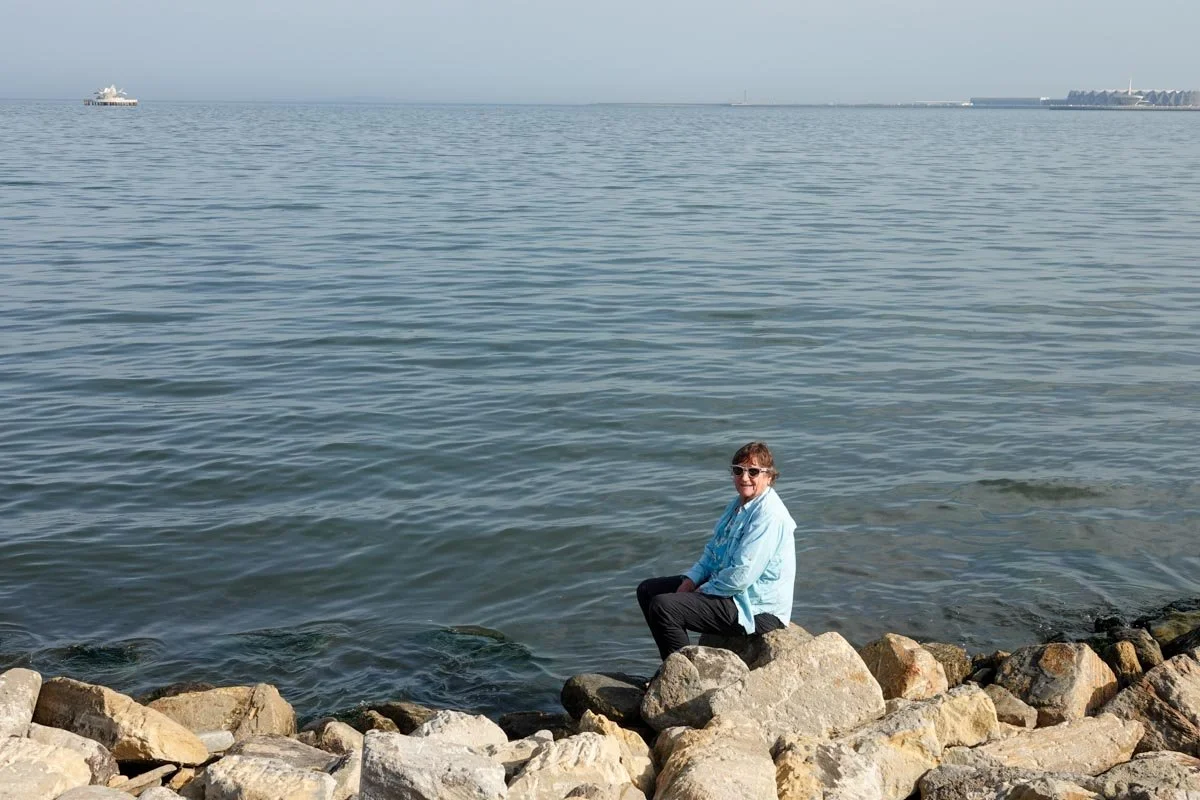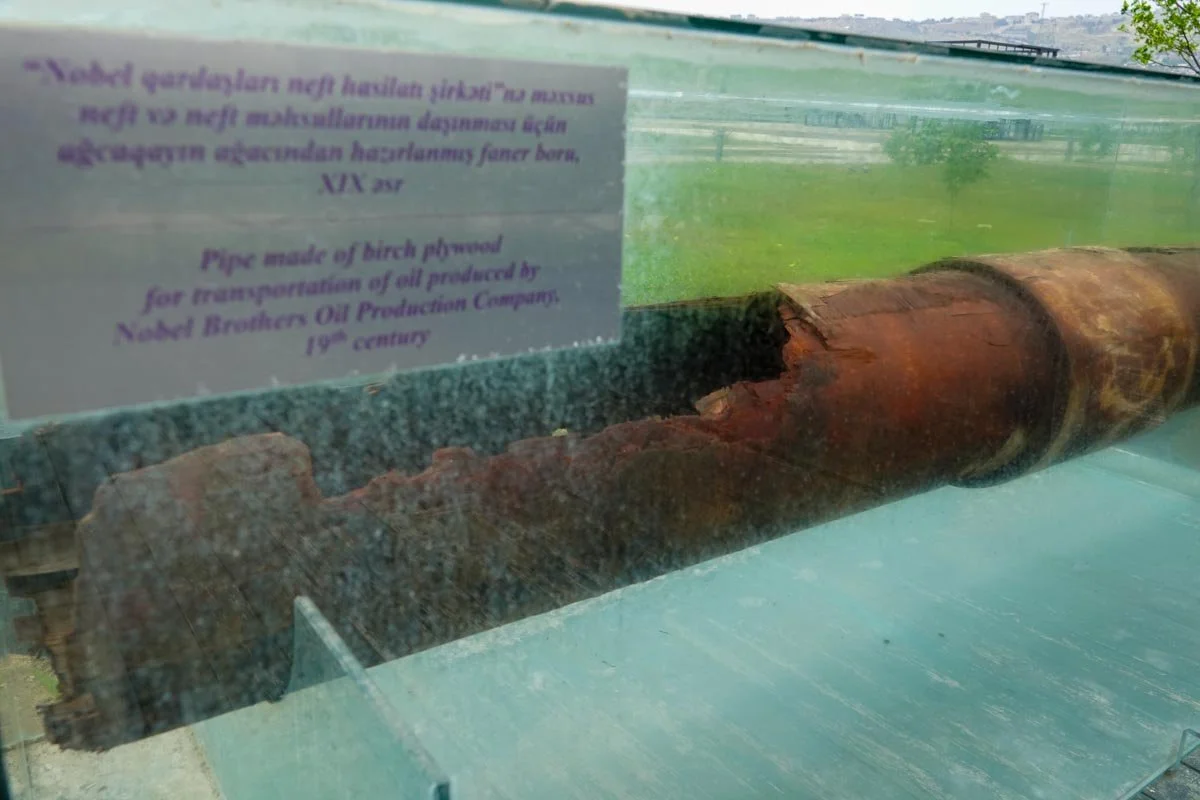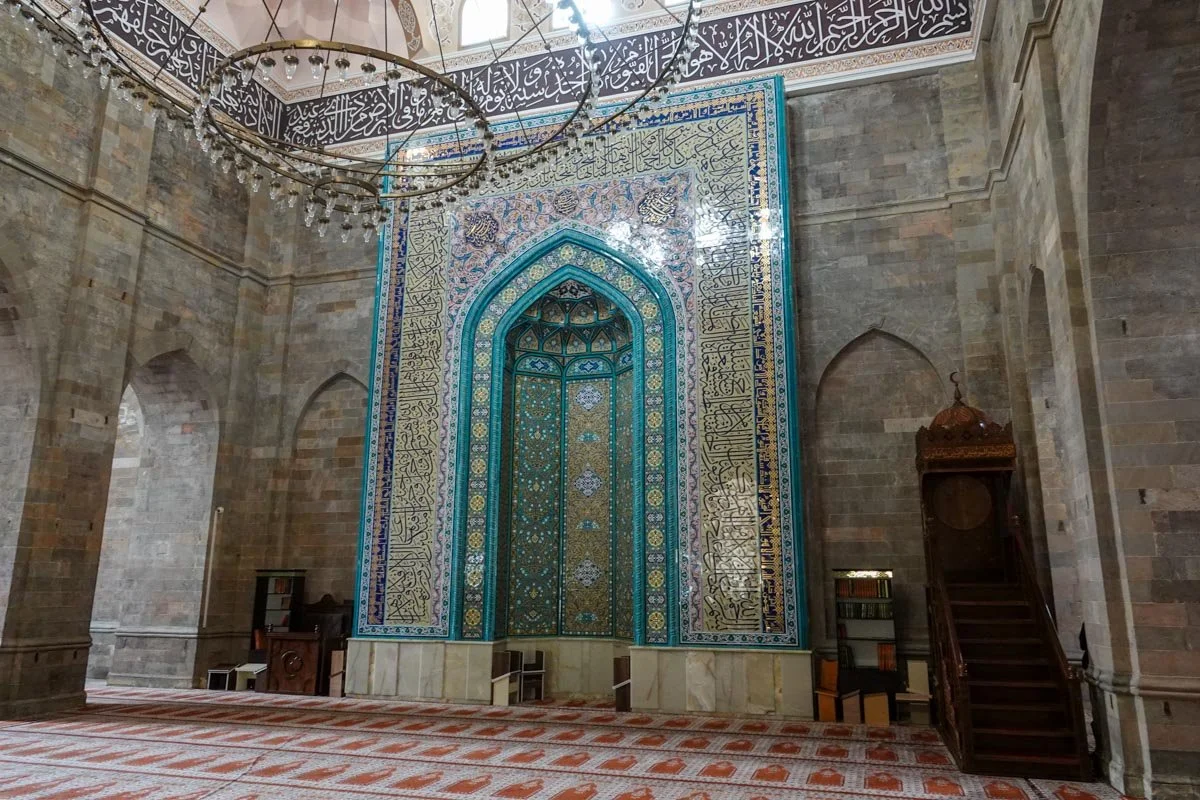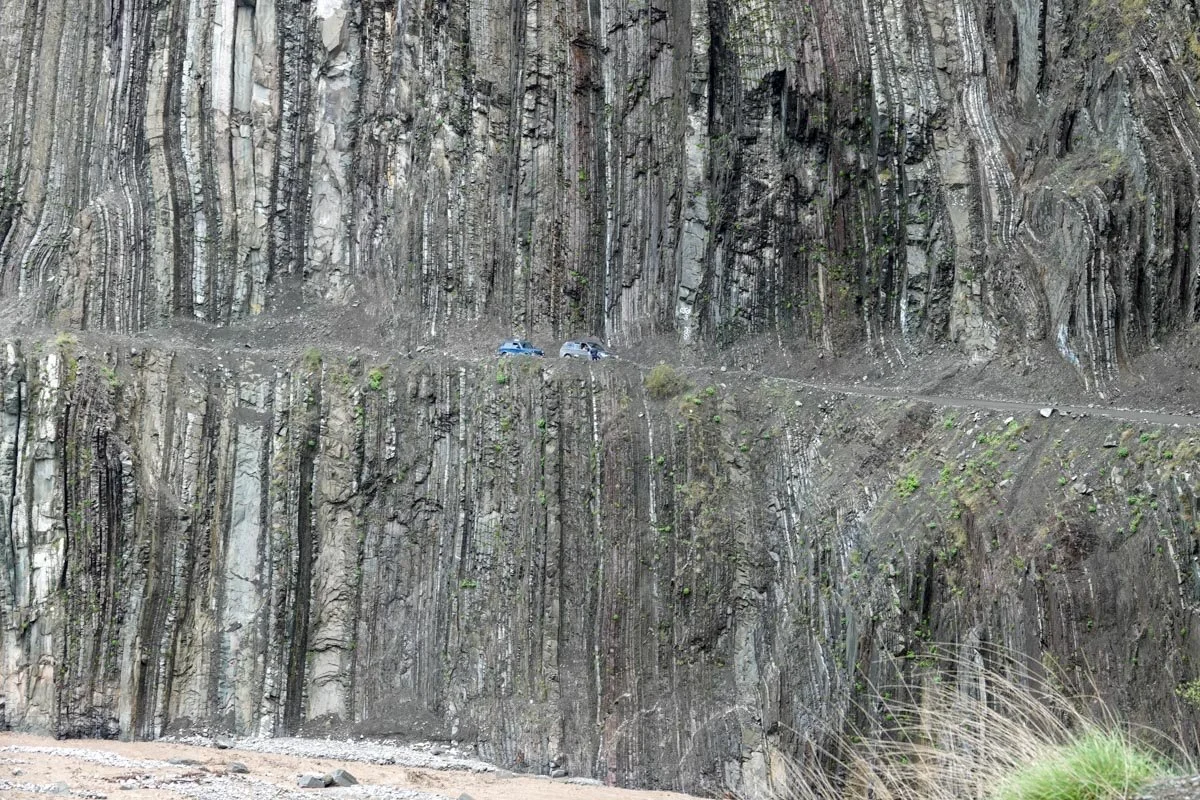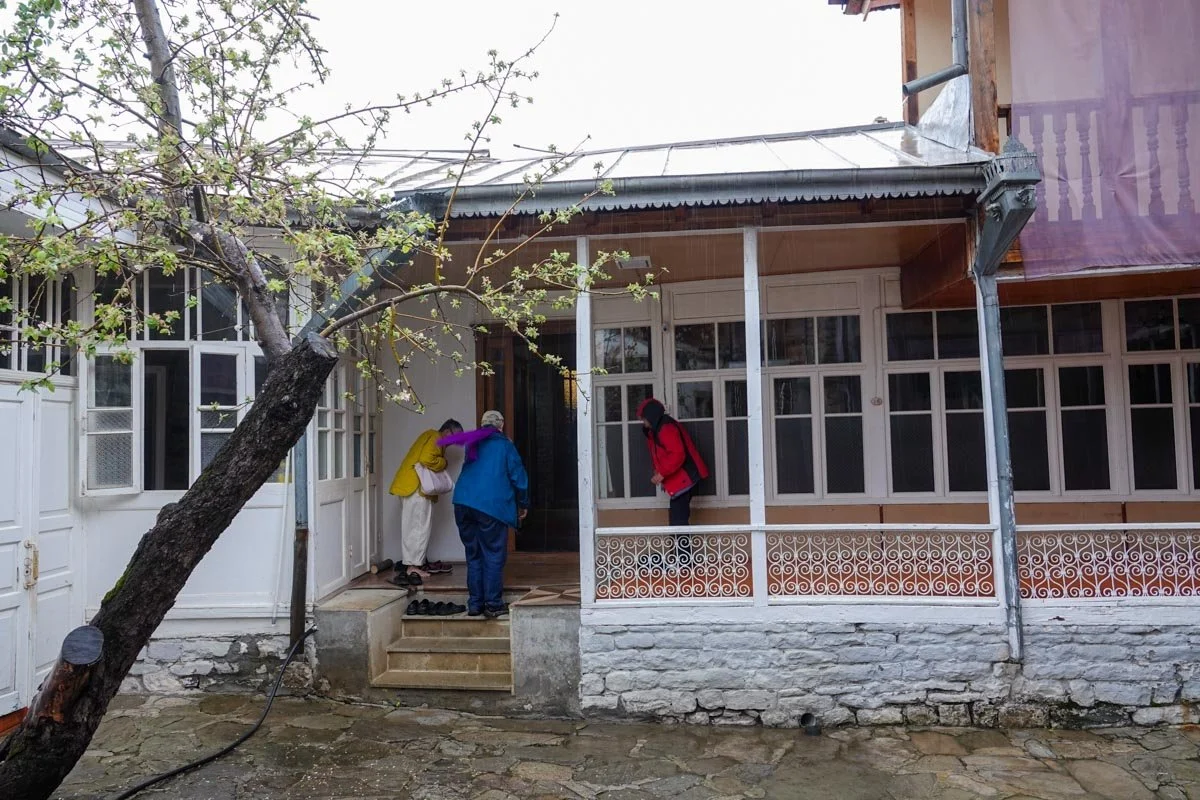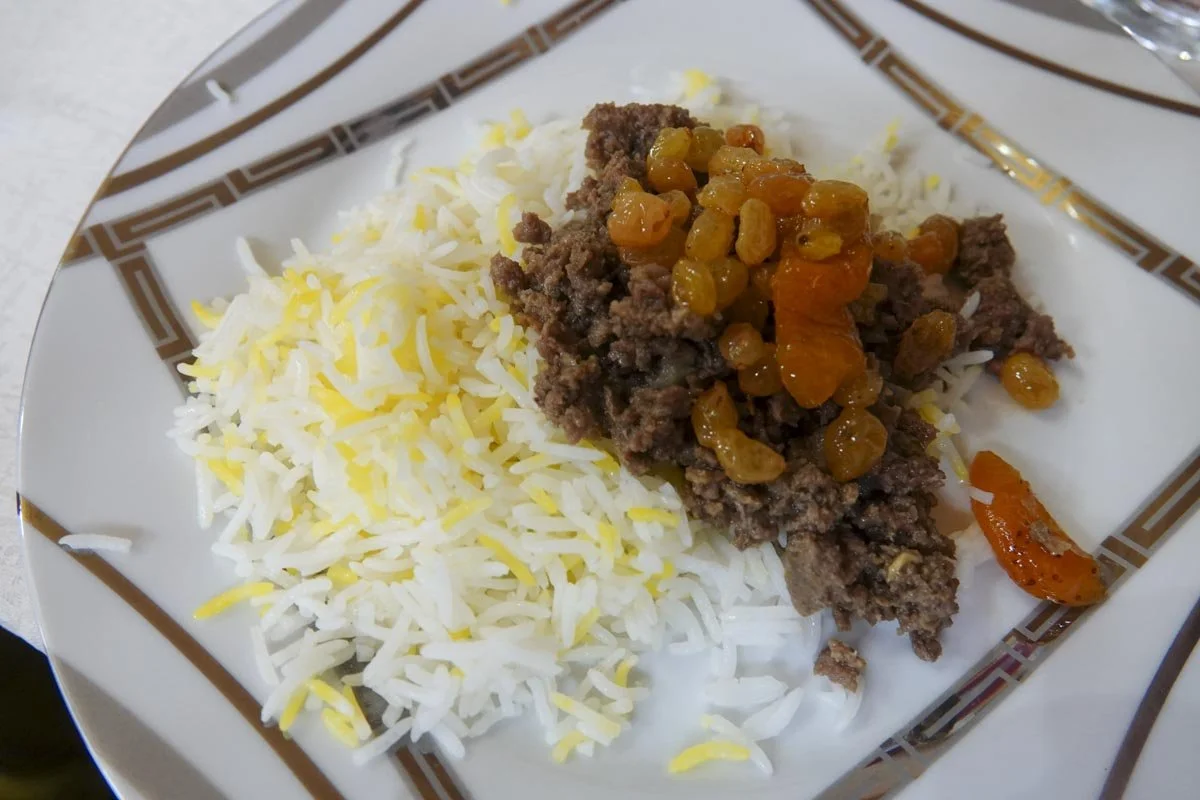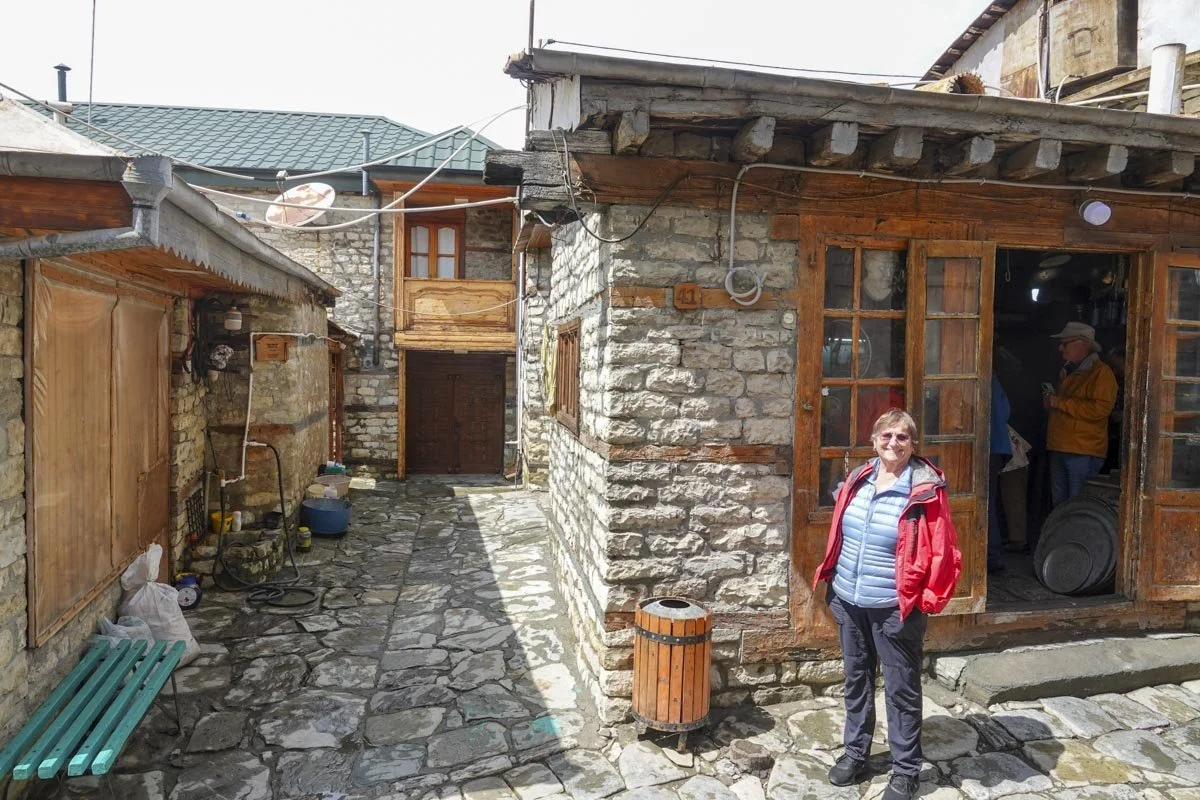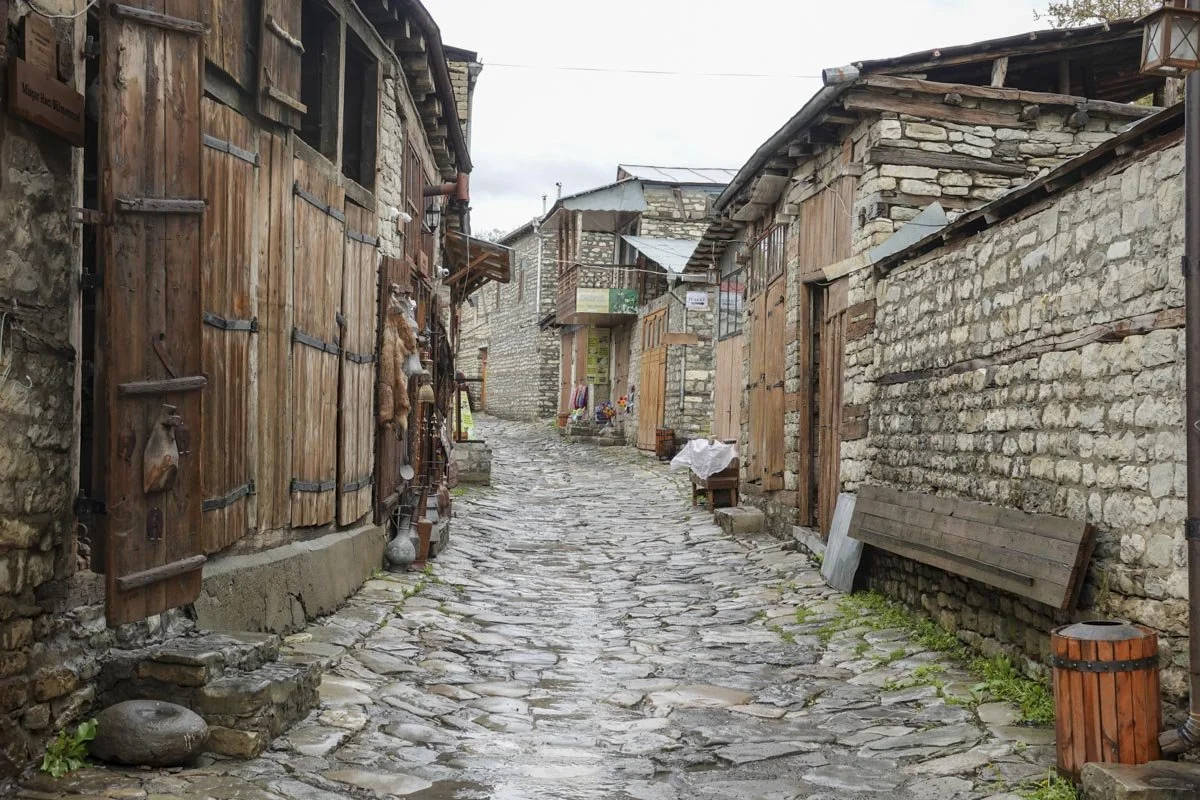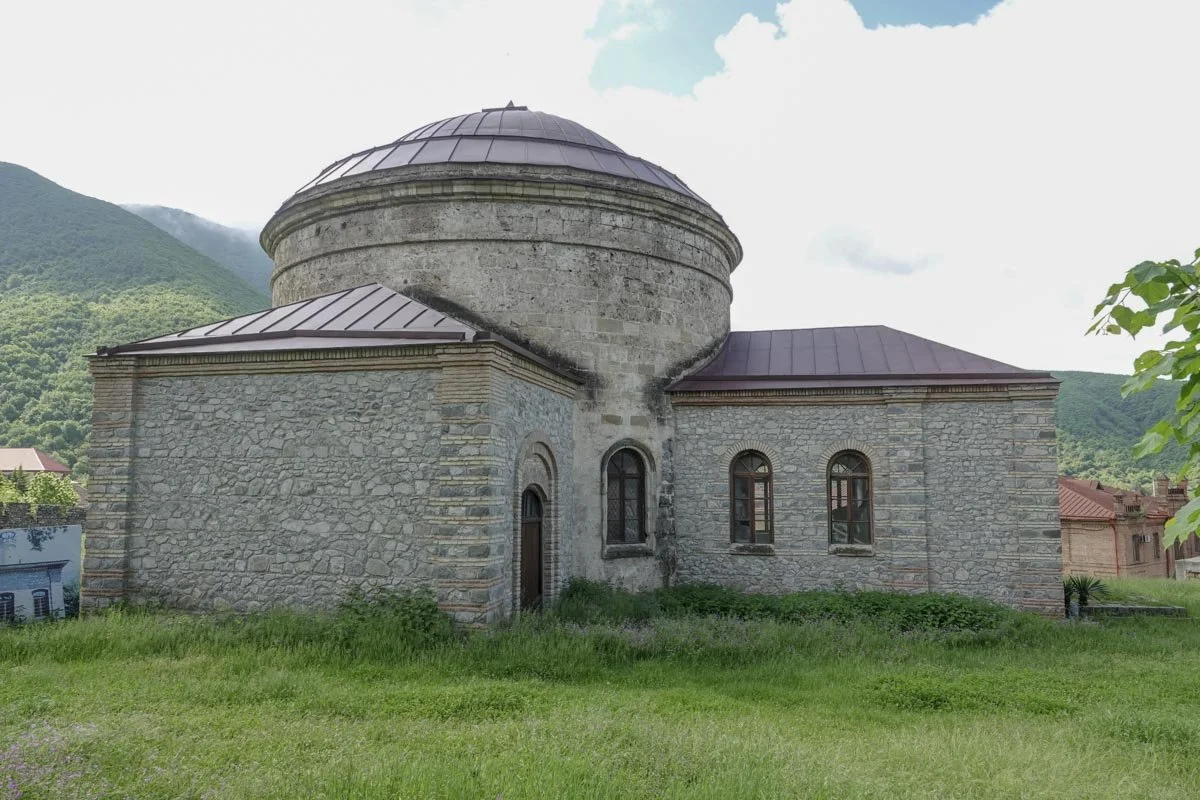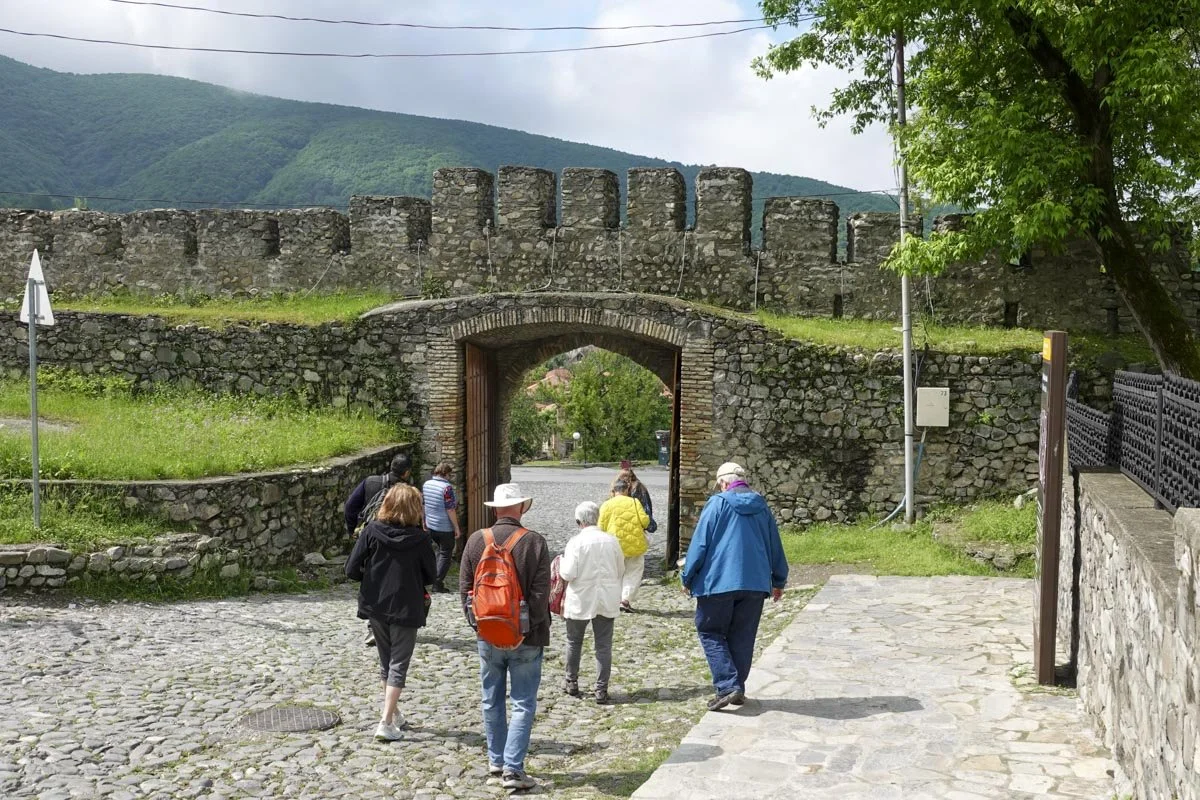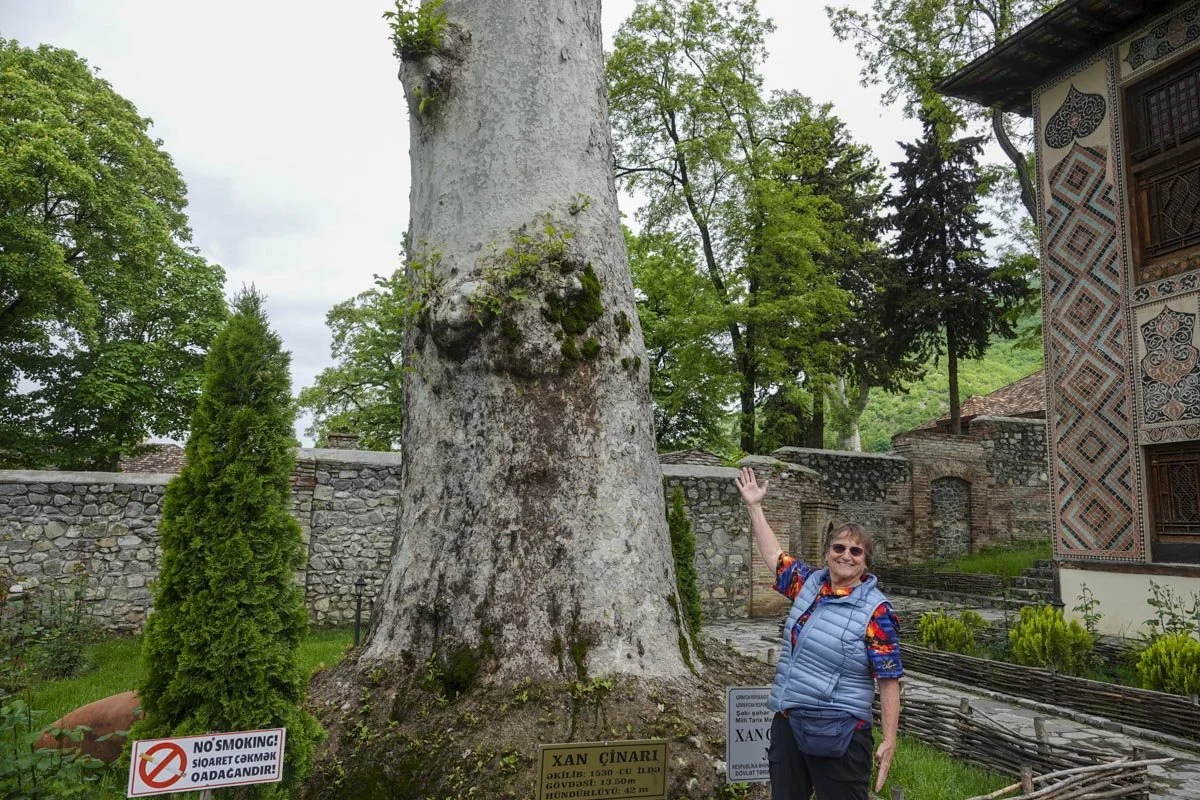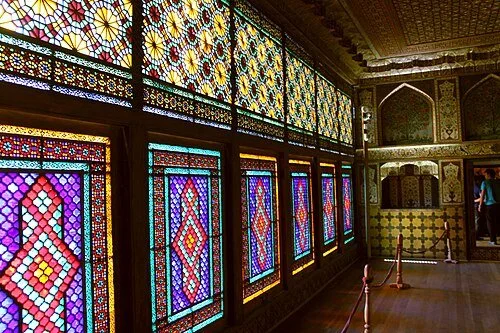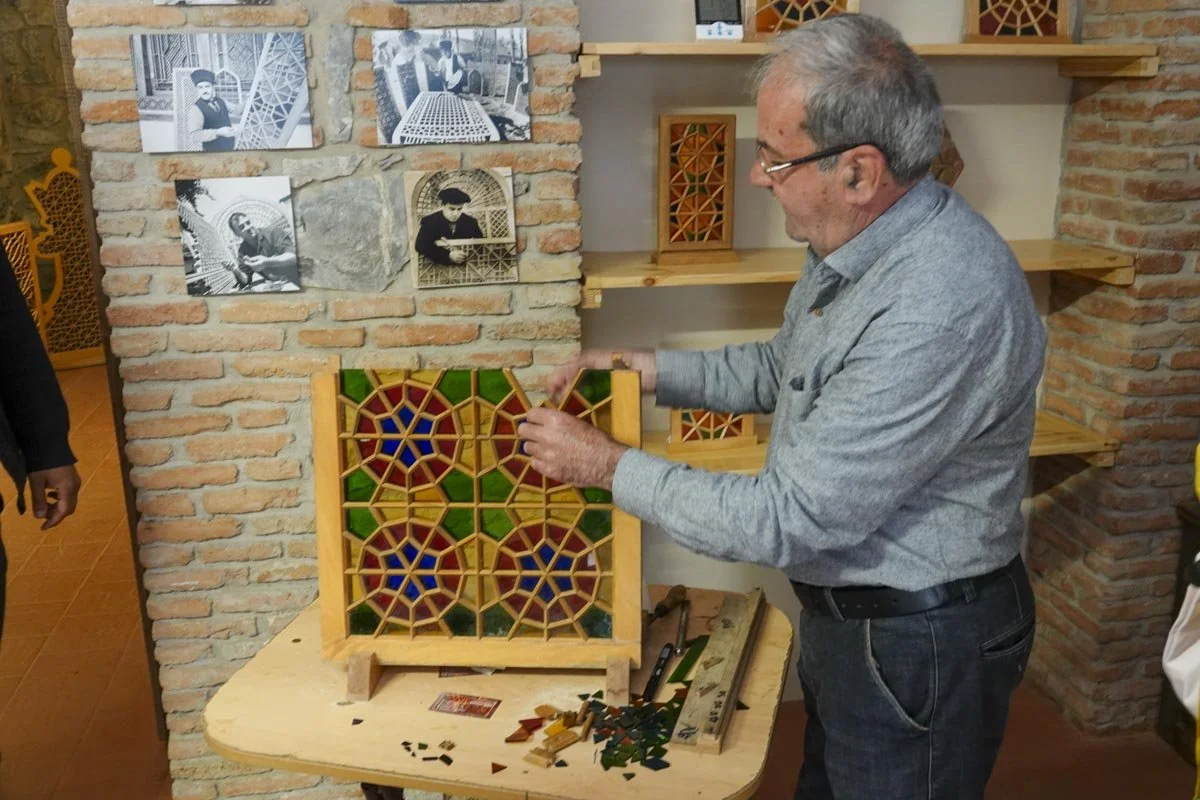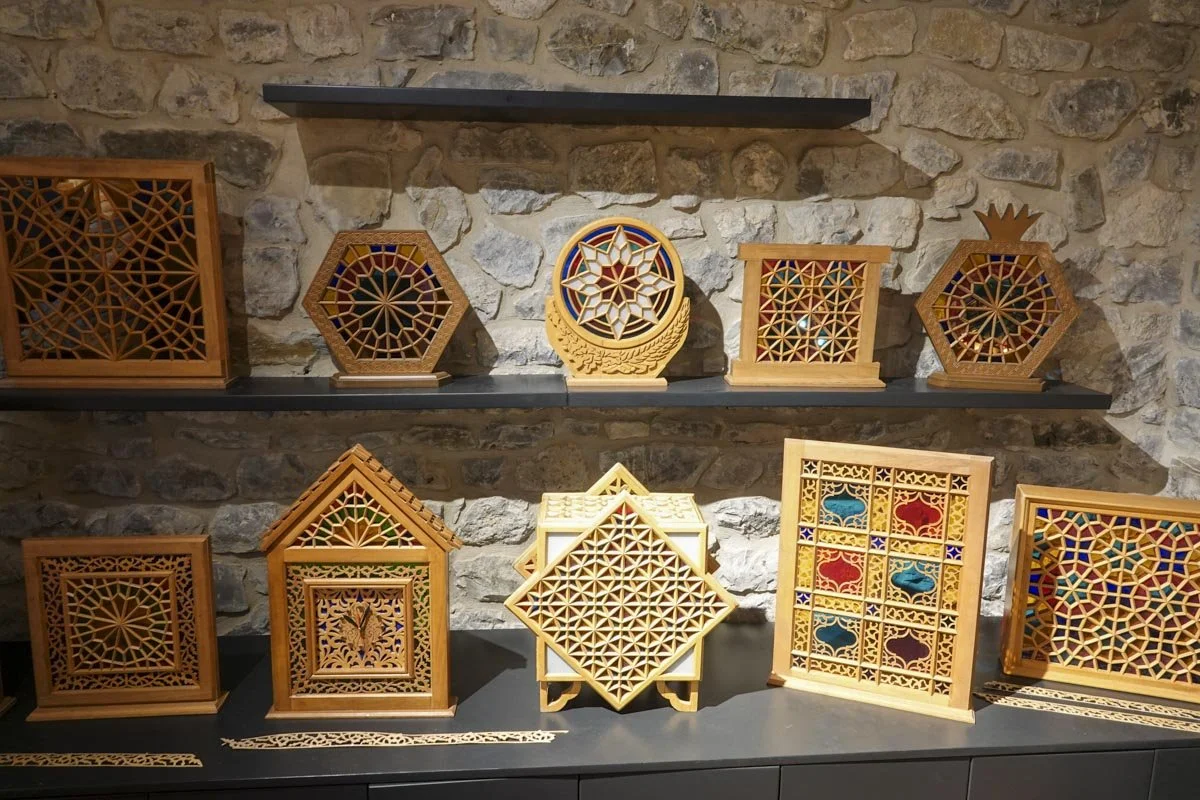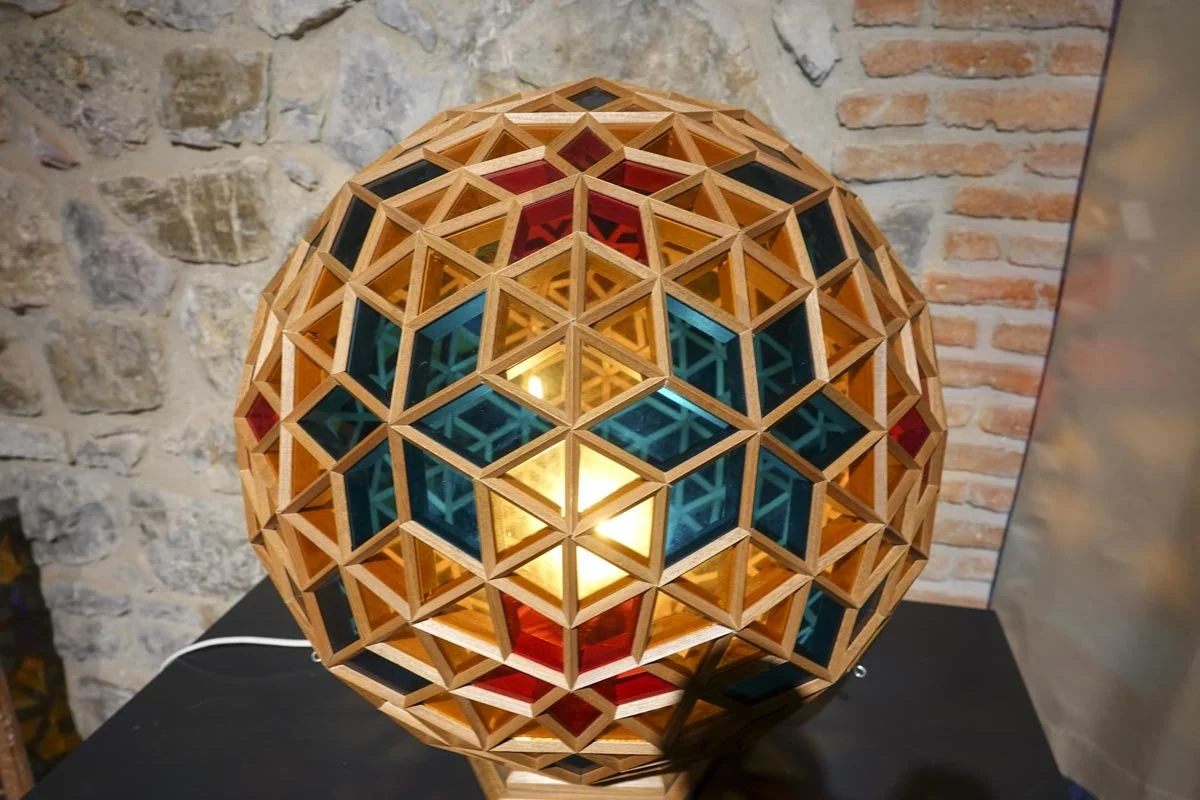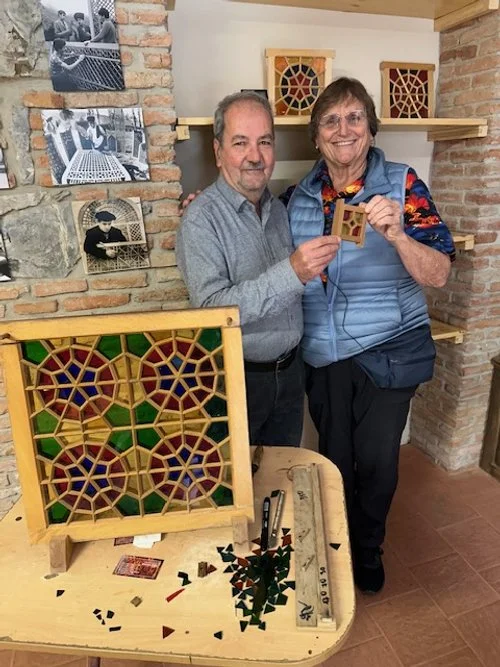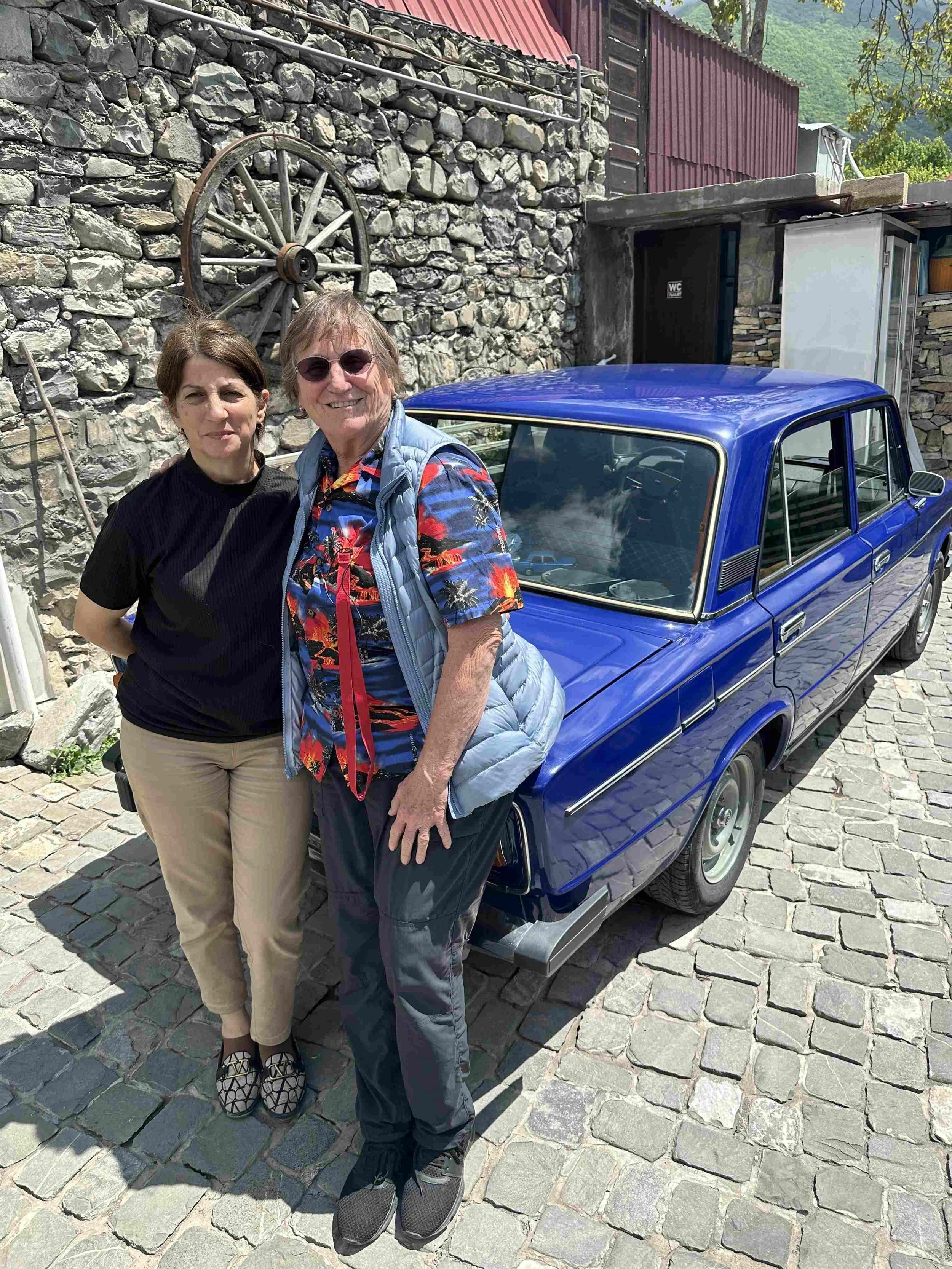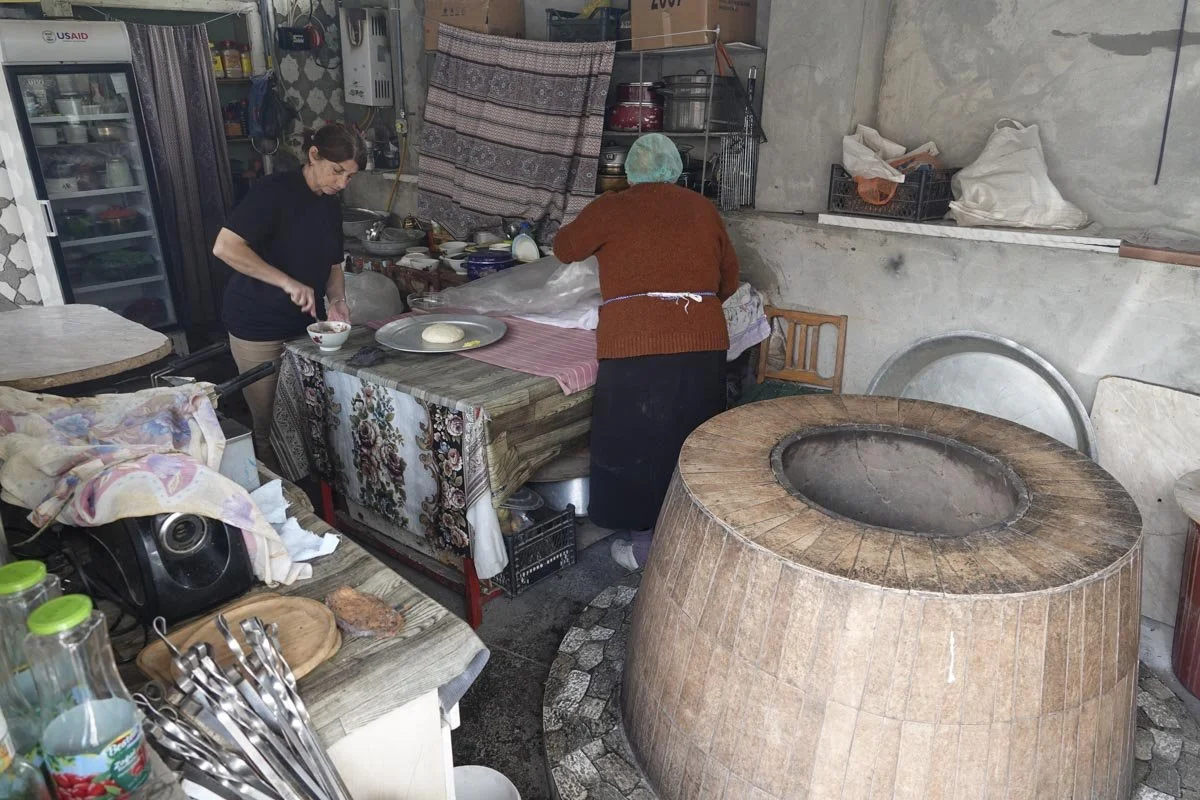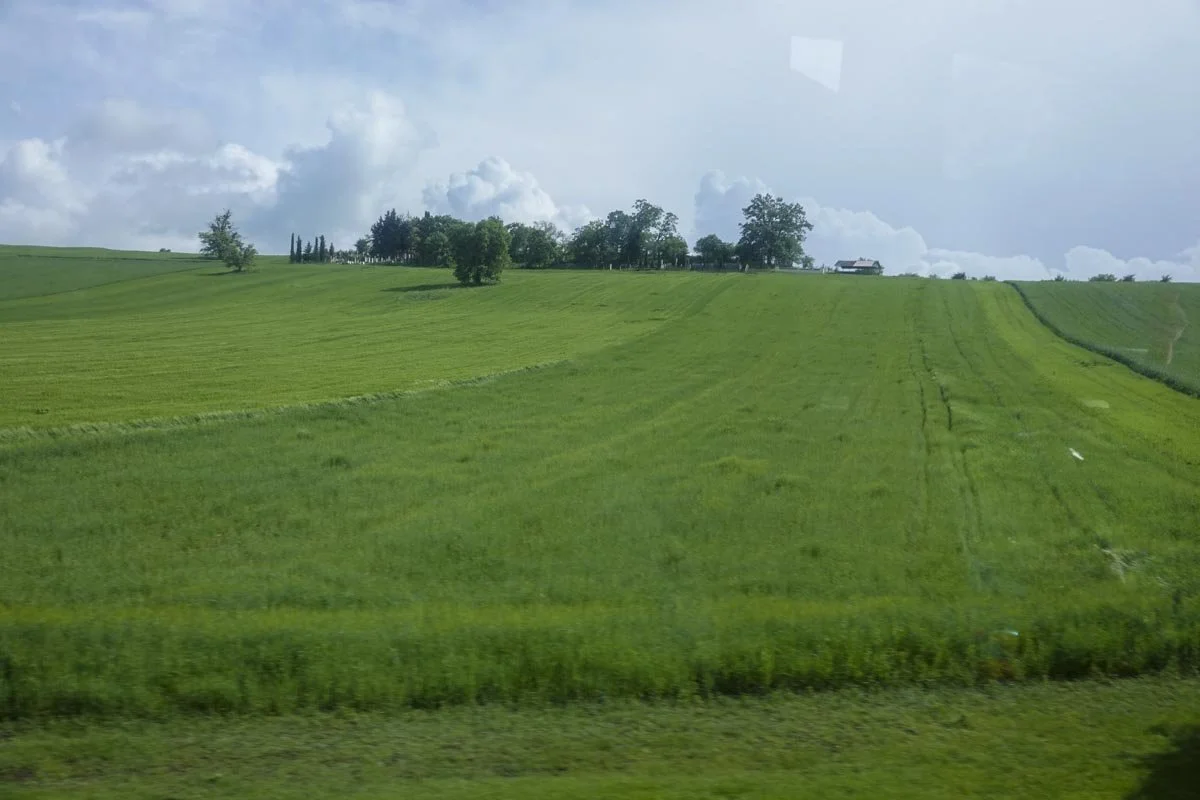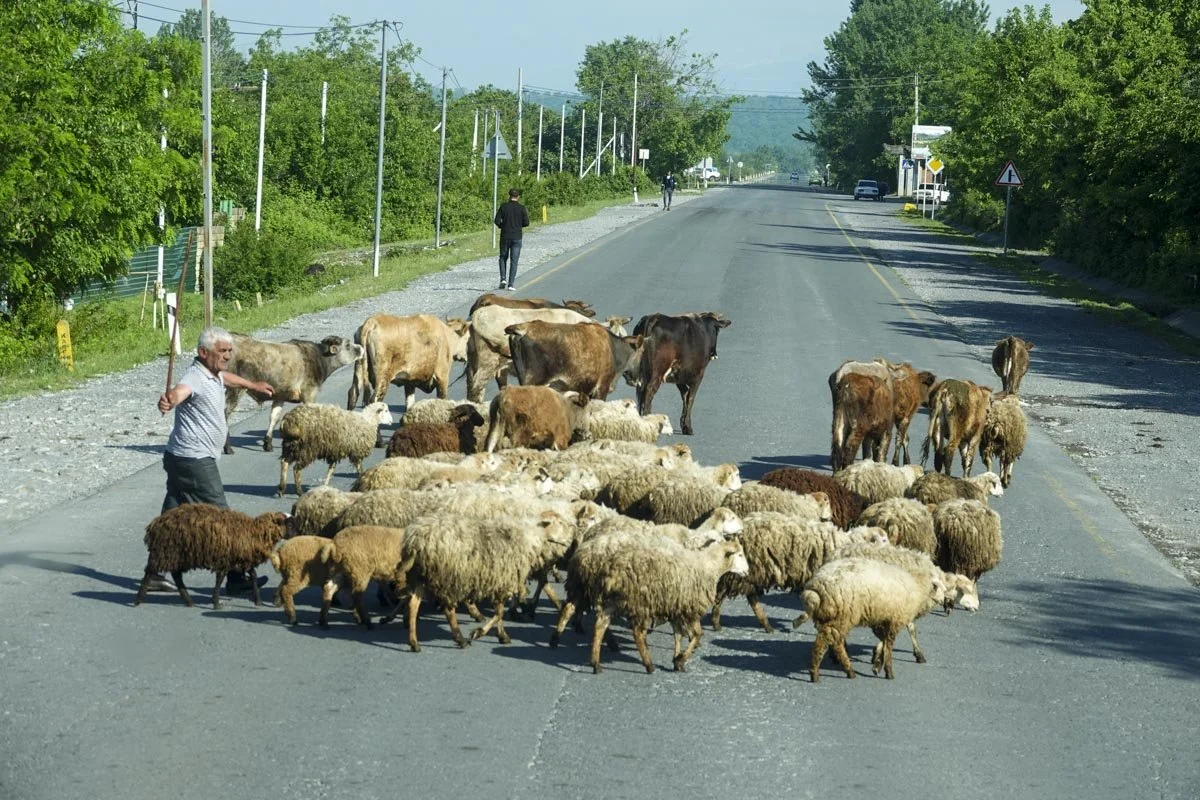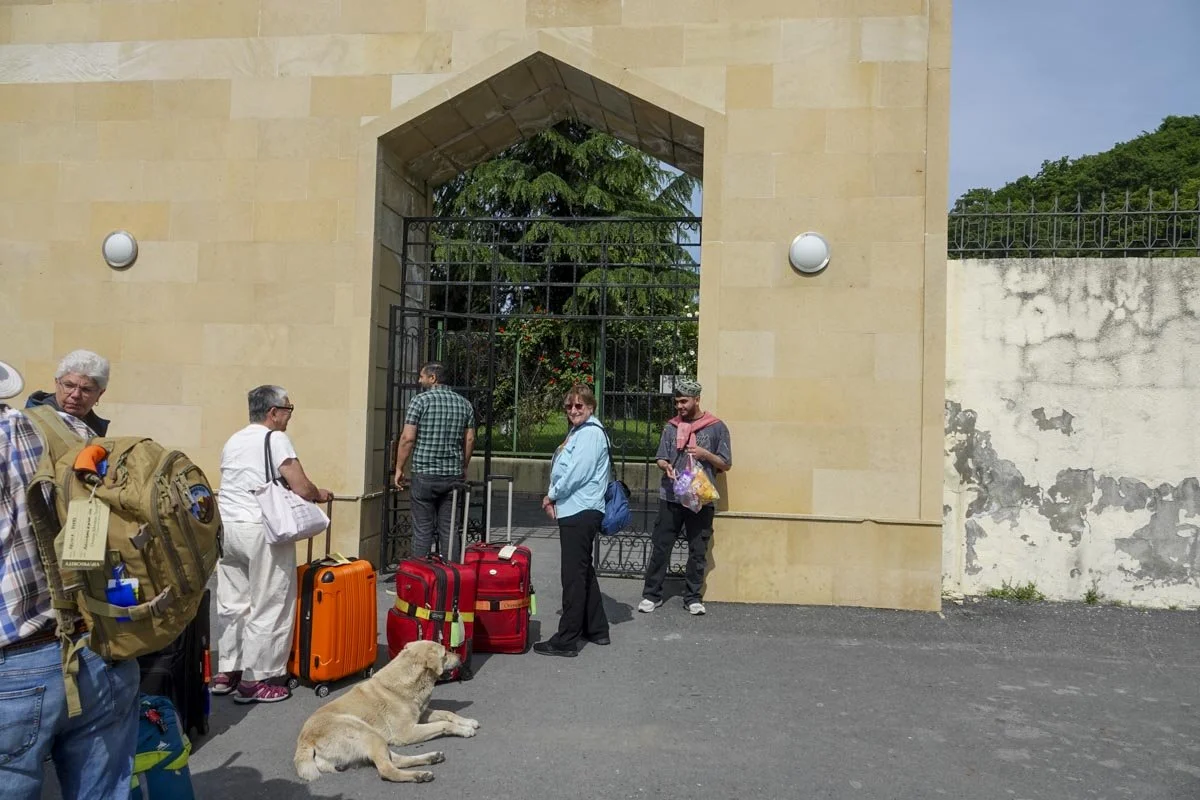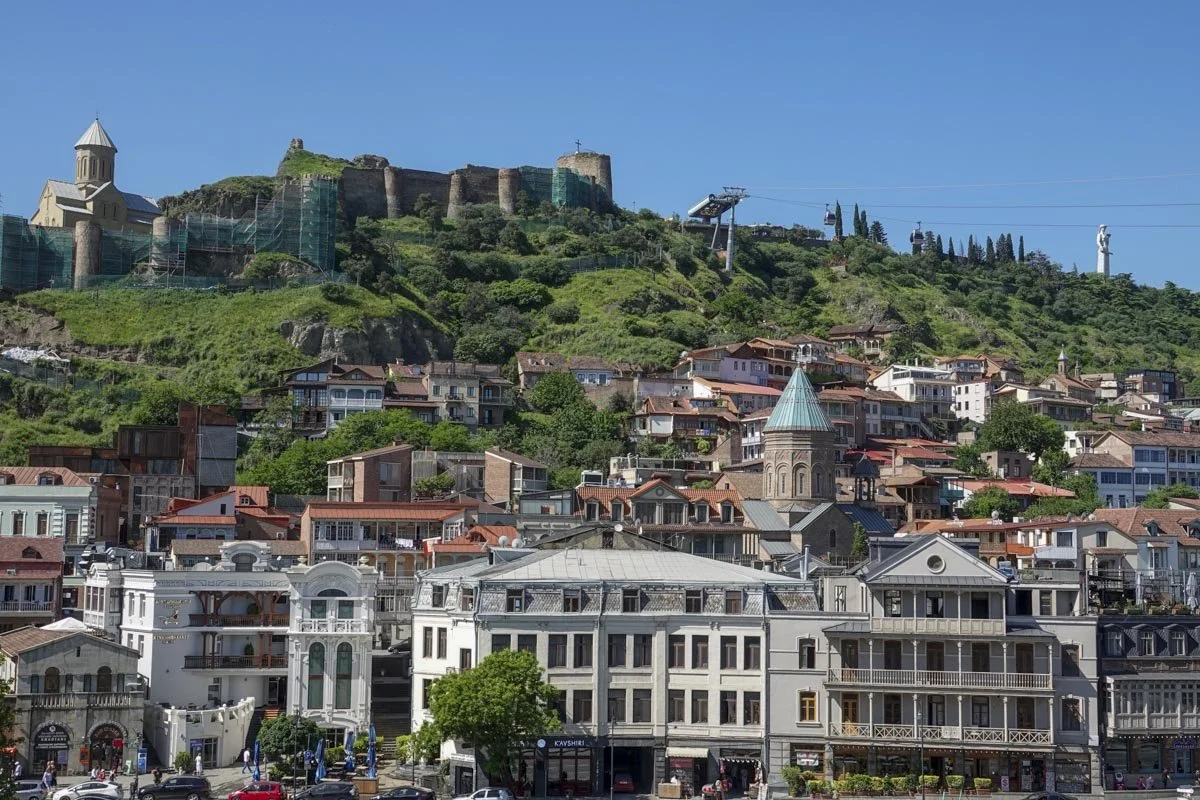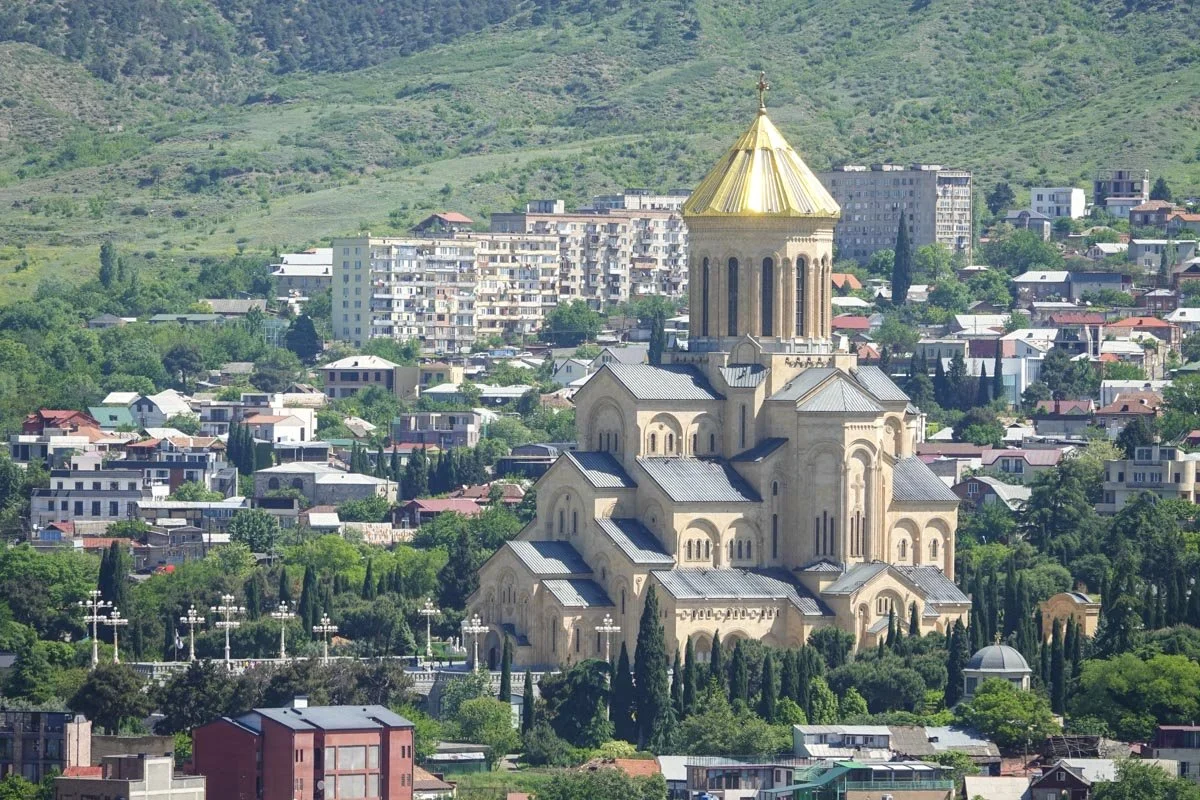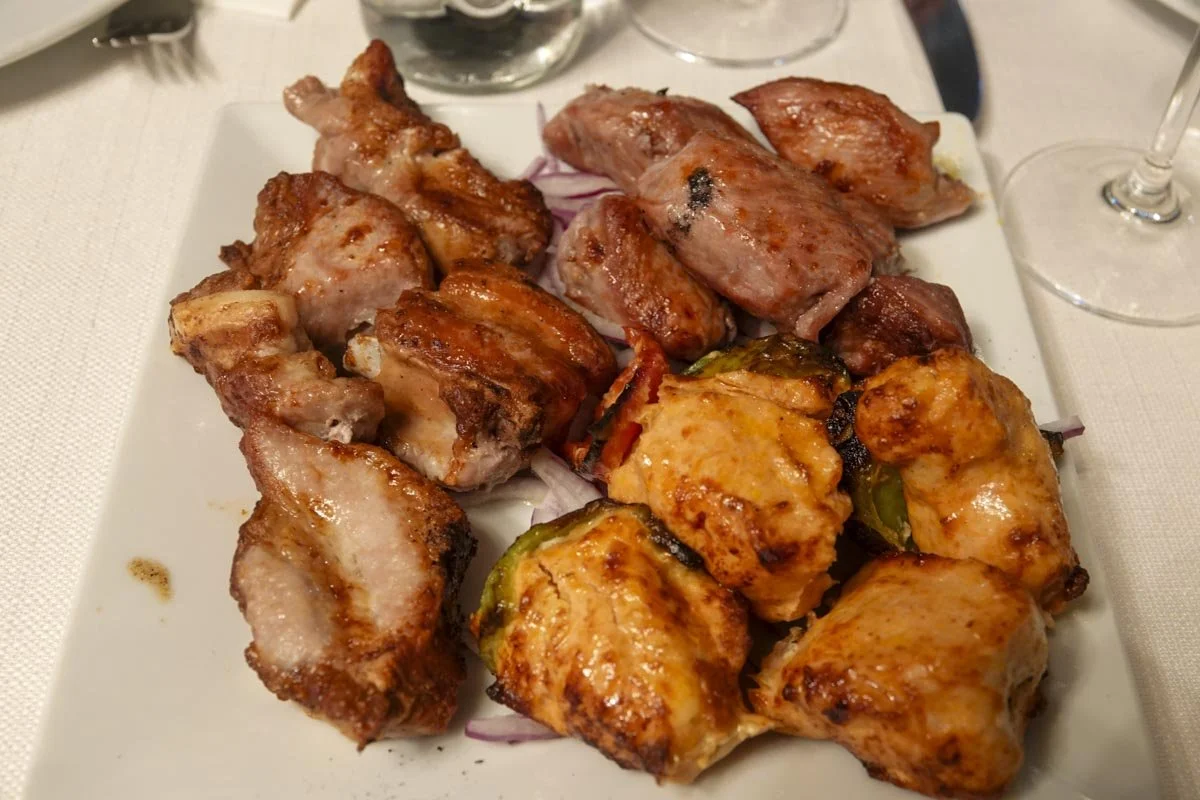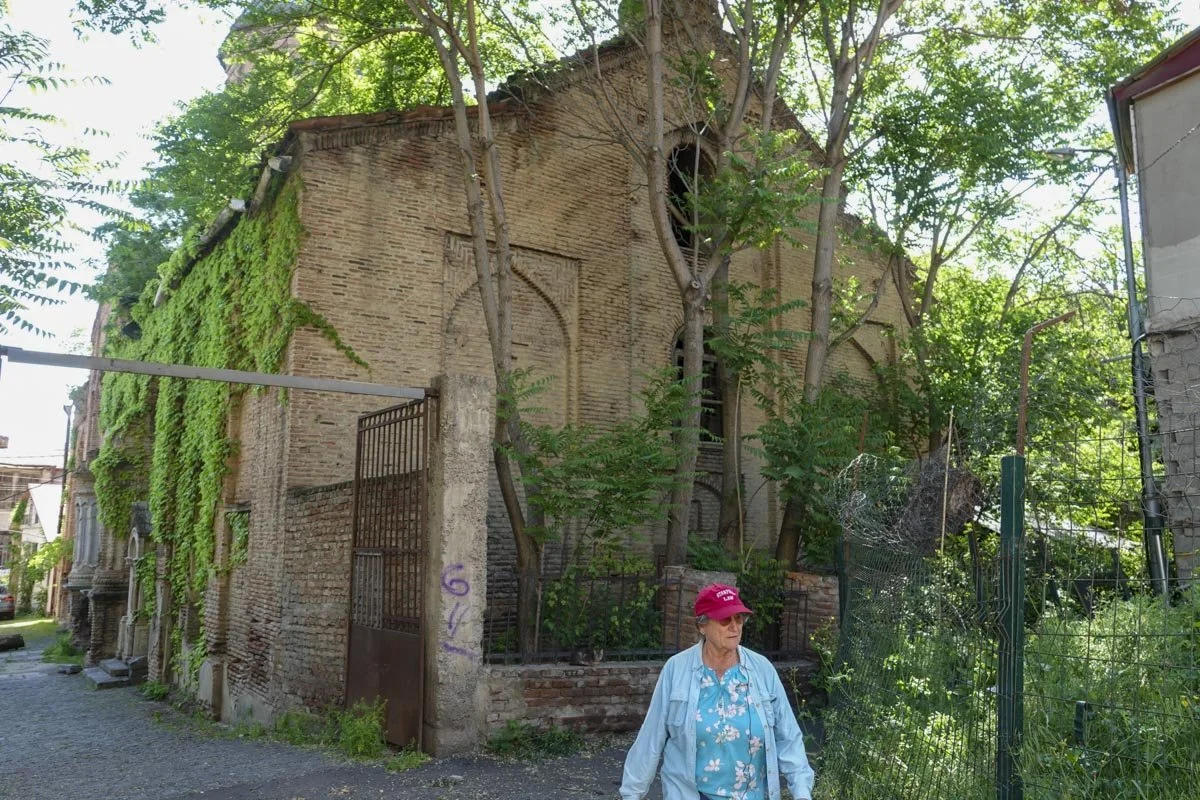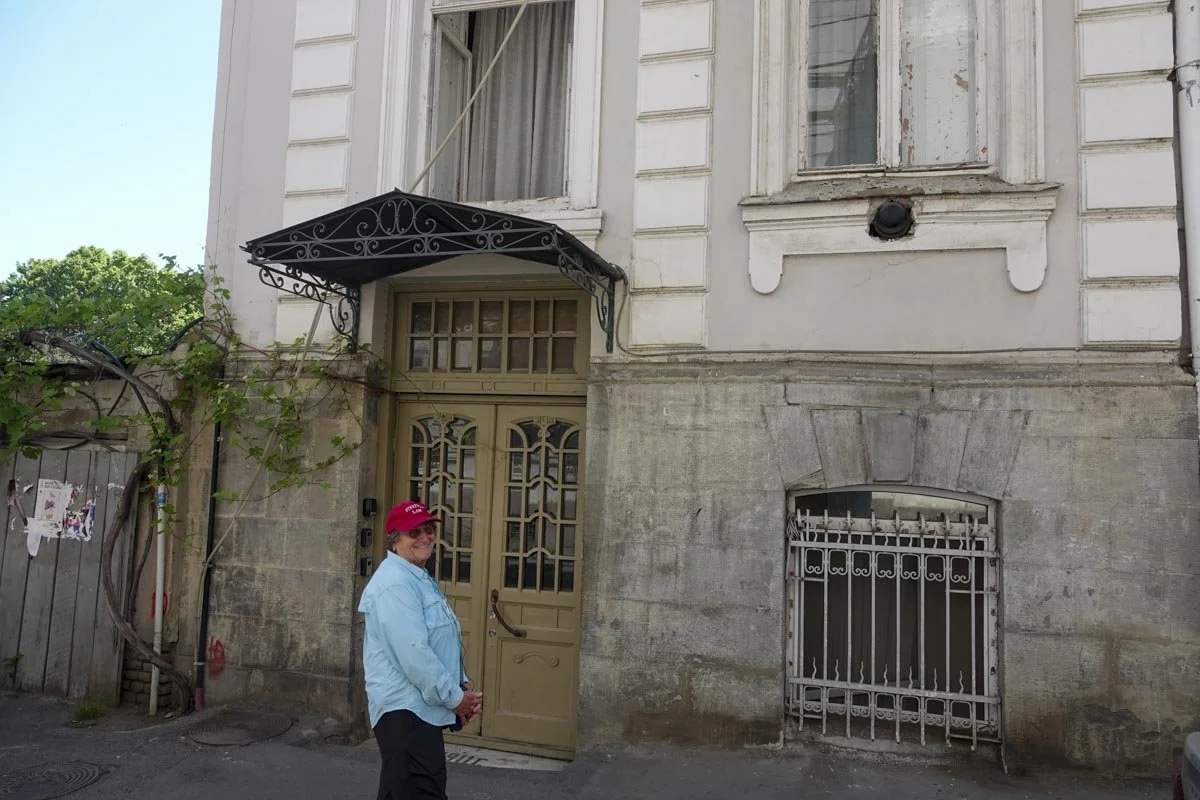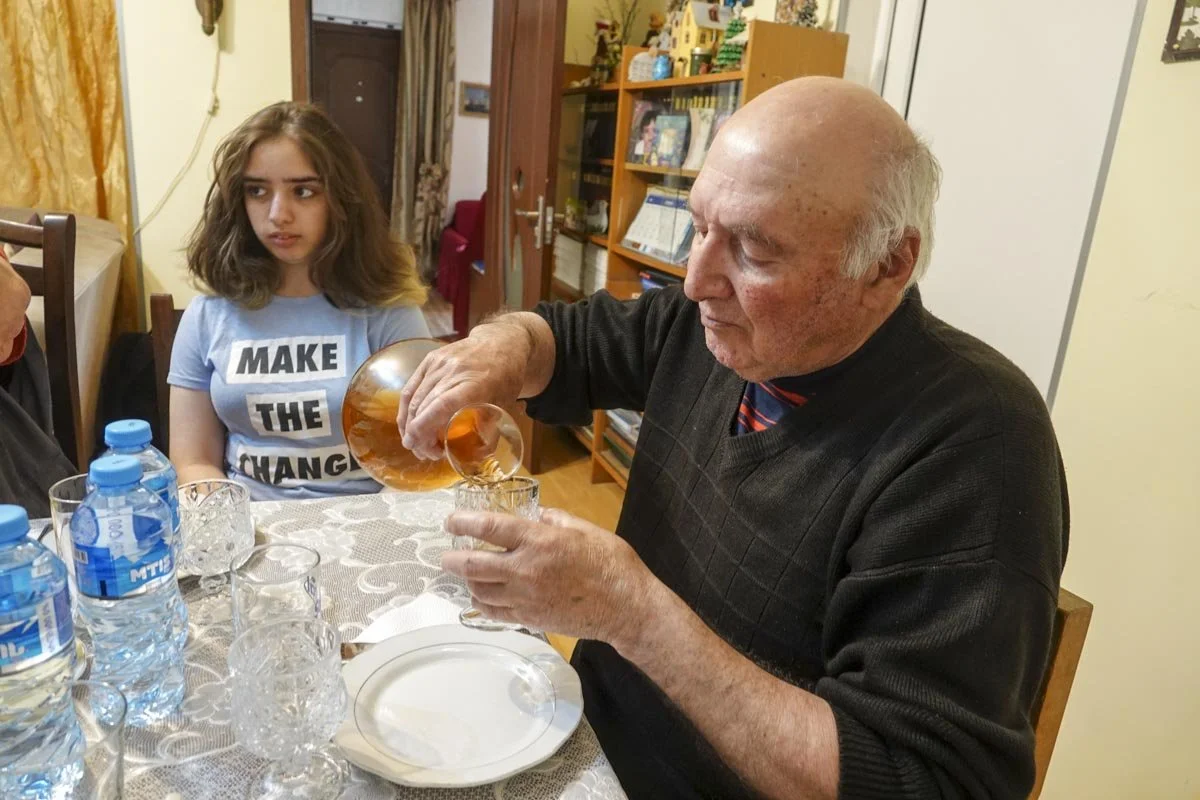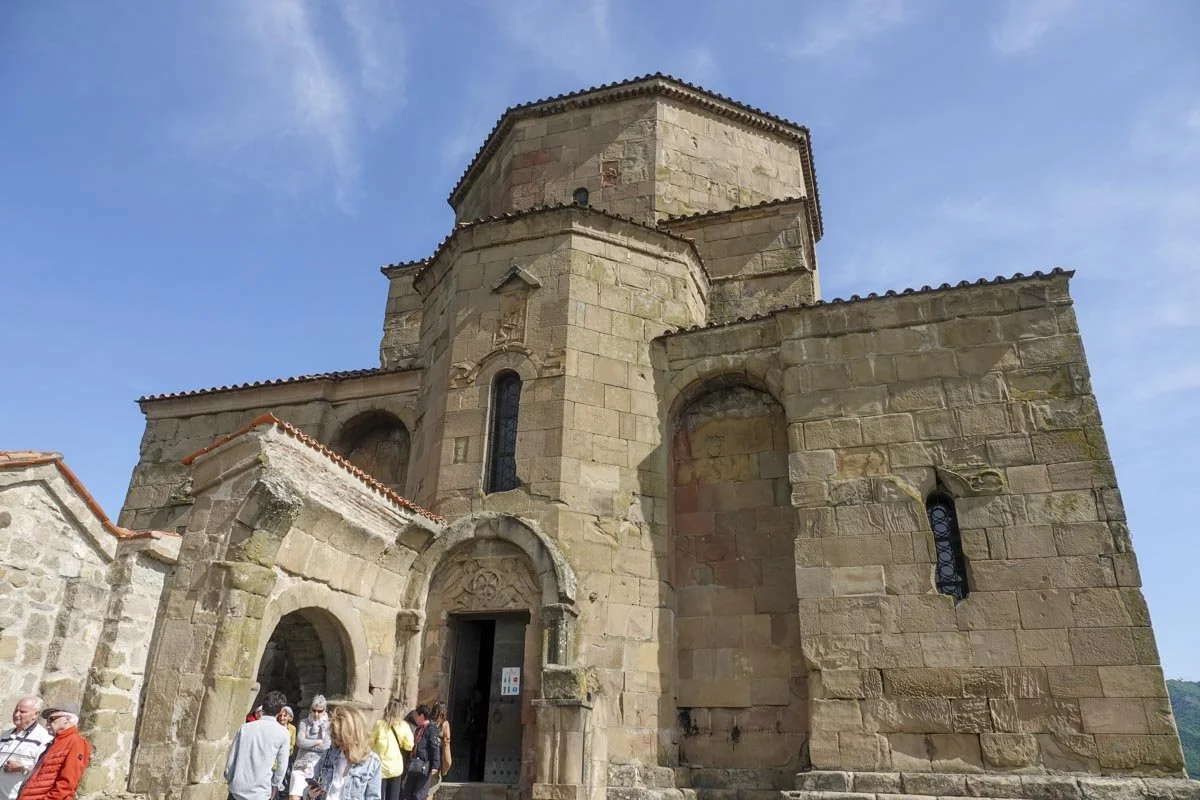Are you ready to go to the Caucasus Mountains?
Hi all,
Are you ready to go to the Caucasus Mountains? Vicky and I were there earlier this month (May 2025.) We went to three countries in the Southern Caucasus: Azerbaijan, Georgia, and Armenia, in that order. They are on the southern slopes of the Caucasus Mountains. They are bordered by Russia on the north, the Caspian Sea to the east, Iran to the south, and Turkey and the Black Sea on the west. It's not a very large area, so we got within ten miles of Russia (twice), Iran, and Turkey. We drove around 1,600 miles so we saw a lot of these countries.
These countries are located on the border of Europe and Asia, and they have rich cultural traditions and a diverse landscape. Because of their location, they have seen many of the world's great empires pass through them, such as the Persians, Romans, Ottomans, Mongolians, and the Russians.
They gained independence from Russia in 1991 and are still adjusting to independence. They face numerous challenges over ethnic problems and political disputes. These conflicts are real and current as Azerbaijan and Armenia have had two wars against each other in the lasts five years. Plus, Russia has been encroaching on Georgia, so this area is a world hotspot, but it was quiet and peaceful when we were there. These countries are a blend of Eastern and Western influences and a mixture of religions, so it was a very interesting place to visit.
I'll show a couple of photos from each country just to give you an idea of what's to come from this trip.
Azerbaijan was our first visit. Somehow, I hadn't expected to see such a modern city as Baku, the capital of Azerbaijan.
Azerbaijan also has historical sites such as the Khans Palace, below. It was built as the summer residence and was very lavish.
Moving on to Georgia, we were told that every place in Georgia was spring green at the start of this week. But we woke up in our hotel room in Kazbegi, looked out our hotel room window, and this was our view. On a side note, if you look at the center left in the photo below, we drove up to the church on the hilltop later this day.
Georgia claims to be the world's first wine producers. I can tell you this, we crisscrossed the country, and we saw vineyards and wineries everywhere. We visited the winery below and had lunch and a wine tasting. You can also notice the snow-covered mountains in the background.
Armenia was the first country in the world to adopt Christianity as a state religion in AD 301. Below is the Etchmiadzin Cathedral, the oldest cathedral in the world with the original cathedral finished in AD 303. The current one dates from the 1600's.
Mount Ararat, below, is where Noah landed the Ark. We were here to visit the Khor Virap Monastery on the right side. Mount Ararat itself is in Turkey. Mount Ararat used to be in Armenia but that was when Armenia was a much larger country.
So, if you're inclined to visit the Southern Caucasus with us, stay tuned as we are off on another adventure.



